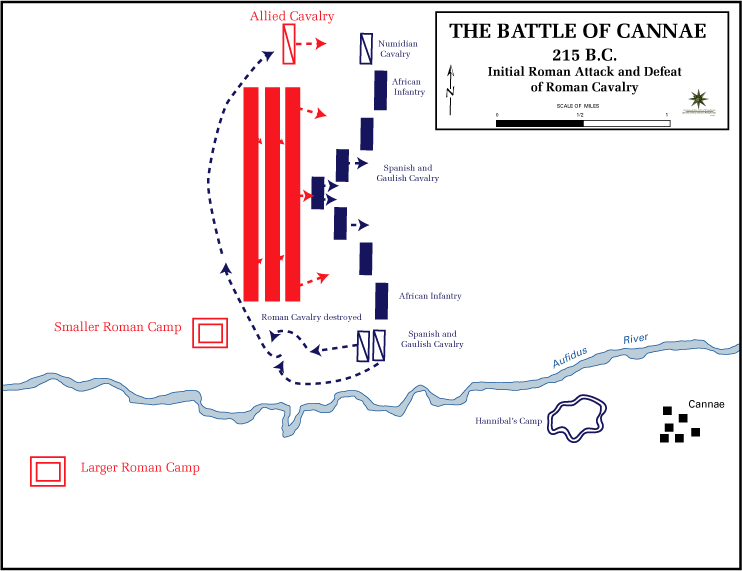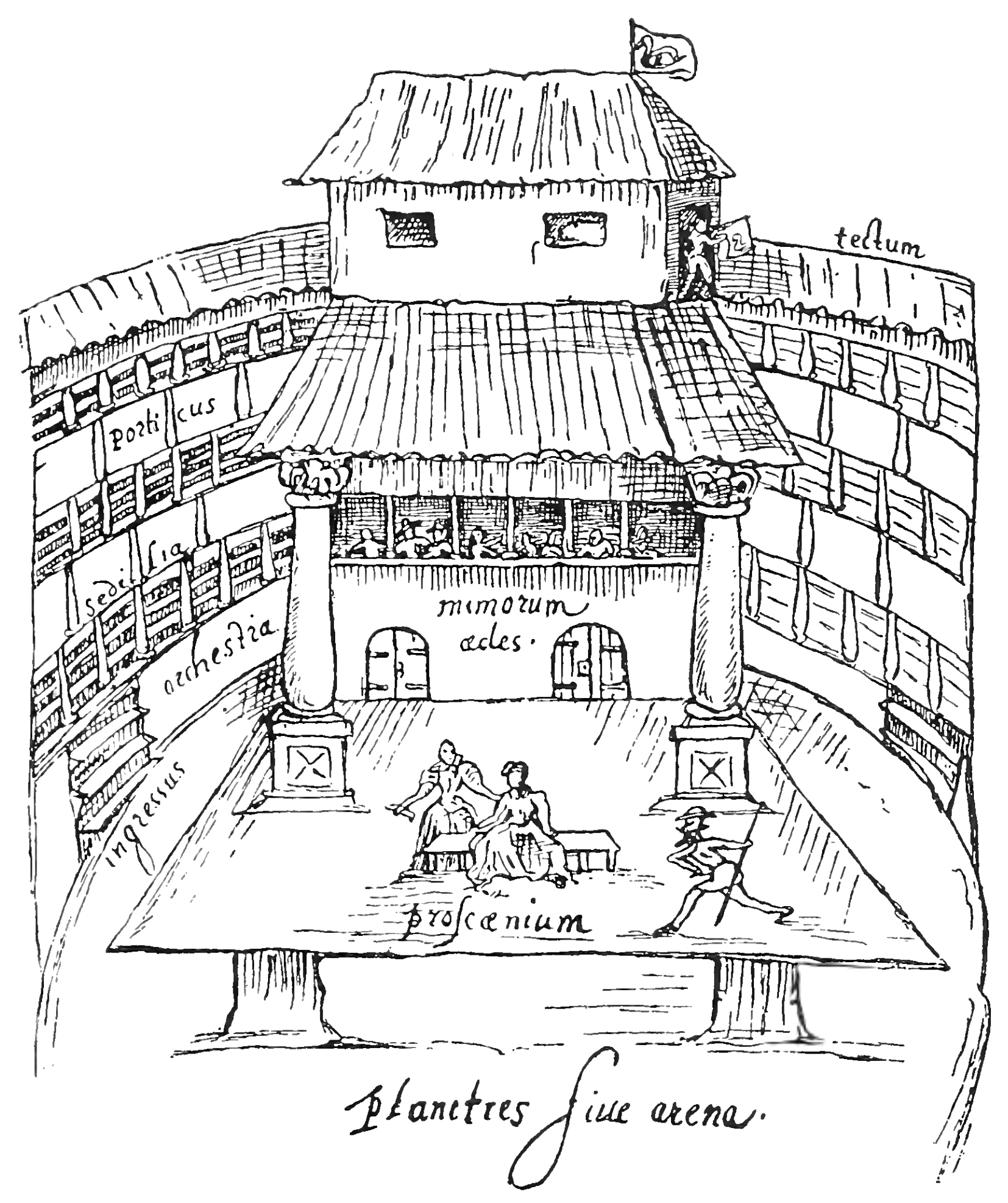|
1642 In England
Events from the year 1642 in England, opening year of the English Civil War and Wars of the Three Kingdoms. Incumbents * Monarch – Charles I * Parliament – Royalist Long (until 21 August), Revolutionary Long (starting 22 August) Events * 4 January – Charles I attempts to arrest five leading members of the Long Parliament, but they escape. This is the last time any monarch enters the House of Commons. * January – Charles I agrees to parliament’s request to order that the last Wednesday in each month should be kept as a fast day. * 18 January–March – the Protestation of 1641, an oath of allegiance to the King and Church of England, is circulated around the country for signature by all adult males, the Protestation Returns of 1641–1642. * 13 February – Charles assents to the Bishops Exclusion Act thereby removing all bishops from the House of Lords. * 23 February–11 March – Queen Henrietta Maria and her eldest daughter Mary leave Falmouth, Cornwall, t ... [...More Info...] [...Related Items...] OR: [Wikipedia] [Google] [Baidu] |
1642
Events January–March * January 4 – First English Civil War: Charles I attempts to arrest six leading members of the Long Parliament, but they escape. * February 5 – The Bishops Exclusion Act is passed in England to prevent any member of the clergy from holding political office. * February 15 – Endymion Porter is voted to be a "dangerous counsellor" by the English parliament. * February 17 – The Treaty of Axim is signed between the Dutch West India Company and the chiefs of the Nzema people in what is now the African nation of Ghana. * February 18 – A group of Protestant English settlers in Ireland surrender to Irish authorities at Castlebar in County Mayo in hopes of having their lives spared, and are killed one week later on orders of Edmond Bourke. * February 20 – The Treaty of The Hague, between the Dutch Republic and the Kingdom of Portugal, is ratified by the Republic's States-General. * February 22 – The ... [...More Info...] [...Related Items...] OR: [Wikipedia] [Google] [Baidu] |
Princess Royal
Princess Royal is a substantive title, style customarily (but not automatically) awarded by a United Kingdom, British monarch to their eldest daughter. Although purely honorary, it is the highest honour that may be given to a female member of the royal family. There have been seven Princesses Royal. Anne, Princess Royal, Princess Anne became Princess Royal in 1987. The style ''Princess Royal'' came into existence when Henrietta Maria of France, Queen Henrietta Maria (1609–1669), daughter of Henry IV of France, Henry IV, King of France, and queen-consort, wife of Charles I of England, King Charles I (1600–1649), wanted to imitate the way the eldest daughter of the King of France was styled "Madame Royale". Thus Mary, Princess Royal and Princess of Orange, Princess Mary (born 1631), the daughter of Henrietta Maria and Charles, became the first Princess Royal in 1642. It has become established that the style belongs to no one by right, but is given entirely at the sovereign's d ... [...More Info...] [...Related Items...] OR: [Wikipedia] [Google] [Baidu] |
Pitched Battle
A pitched battle or set-piece battle is a battle in which opposing forces each anticipate the setting of the battle, and each chooses to commit to it. Either side may have the option to disengage before the battle starts or shortly thereafter. A pitched battle is not a chance encounter such as a meeting engagement, or where one side is forced to fight at a time not of its choosing such as happens in a siege or an ambush. Pitched battles are usually carefully planned, to maximize one's strengths against an opponent's weaknesses, and use a full range of deceptions, feints, and other manoeuvres. They are also planned to take advantage of terrain favourable to one's force. Forces strong in cavalry for example will not select swamp, forest, or mountain terrain for the planned struggle. For example, Carthaginian general Hannibal selected relatively flat ground near the village of Cannae for his great confrontation with the Romans, not the rocky terrain of the high Apennines. Likewise, ... [...More Info...] [...Related Items...] OR: [Wikipedia] [Google] [Baidu] |
Battle Of Edgehill
The Battle of Edgehill (or Edge Hill) was a pitched battle of the First English Civil War. It was fought near Edge Hill and Kineton in southern Warwickshire on Sunday, 23 October 1642. All attempts at constitutional compromise between King Charles and Parliament broke down early in 1642. Both the King and Parliament raised large armies to gain their way by force of arms. In October, at his temporary base near Shrewsbury, the King decided to march to London in order to force a decisive confrontation with Parliament's main army, commanded by the Earl of Essex. Late on 22 October, both armies unexpectedly found the enemy to be close by. The next day, the Royalist army descended from Edge Hill to force battle. After the Parliamentarian artillery opened a cannonade, the Royalists attacked. Both armies consisted mostly of inexperienced and sometimes ill-equipped troops. Many men from both sides fled or fell out to loot enemy baggage, and neither army was able to gain a decisiv ... [...More Info...] [...Related Items...] OR: [Wikipedia] [Google] [Baidu] |
Battle Of Powick Bridge
The Battle of Powick Bridge was a skirmish fought on 23 September 1642 just south of Worcester, England, during the First English Civil War. It was the first engagement between elements of the principal field armies of the Royalists and Parliamentarians. Sir John Byron was escorting a Royalist convoy of valuables from Oxford to King Charles's army in Shrewsbury and, worried about the proximity of the Parliamentarians, took refuge in Worcester on 16 September to await reinforcements. The Royalists despatched a force commanded by Prince Rupert. Meanwhile, the Parliamentarians sent a detachment, under Colonel John Brown, to try to capture the convoy. Each force consisted of around 1,000 mounted troops, a mix of cavalry and dragoons. The Parliamentarians approached the city from the south on the afternoon of 23 September. Their route took them up narrow lanes and straight into Rupert's force, which was resting in a field. The noise of the approaching Parliamentarian cavalry alerte ... [...More Info...] [...Related Items...] OR: [Wikipedia] [Google] [Baidu] |
Battle Of Babylon Hill
The Battle of Babylon Hill was an indecisive skirmish that took place between Royalist and Parliamentarian forces near Yeovil, in South West England, on 7 September 1642, during the early stages of the First English Civil War. The engagement occurred after a failed Parliamentarian siege of nearby Royalist-held Sherborne. After the Parliamentarians had retreated to Yeovil, a force of around 350 Royalists was sent to reconnoitre their movements. Under the command of Sir Ralph Hopton, the Royalist detachment established itself on Babylon Hill, on the outskirts of Yeovil. Around half an hour before sunset, the Royalists decided to withdraw and began marching their infantry off the hill. As they were doing so, they spotted Parliamentarian soldiers approaching, and Hopton hurriedly recalled the infantry and set his men to meet the attack. The battle became chaotic, mostly due to the inexperience of the soldiers involved. The Parliamentarian force, which also numbered around 350, made ... [...More Info...] [...Related Items...] OR: [Wikipedia] [Google] [Baidu] |
Siege Of Portsmouth
The siege of Portsmouth was the siege of a Royalist garrison in Portsmouth by a Parliamentarian force conducted in the early part of the First English Civil War. The siege resulted in Portsmouth falling to Parliament after a little under a month of conflict. Build-up In the lead up to the war, Portsmouth was viewed as highly valuable by both Parliament and the king.Webb (1977), p. 1. The Fortifications of Portsmouth were so strong that after it was captured by Parliament and properly garrisoned, it was suggested by some that it would take as many as 40,000 men to seize it. Its governor at the time was George Goring who managed to convince both sides of his loyalty and as a result received funds from both the king and Parliament.Godwin (1973), pp. 9–10. In 1641, Goring began to work on the town's defences. By November, Parliament had received reports that the work was focused on the landward side and this along with other claims that brought into question his loyalty to P ... [...More Info...] [...Related Items...] OR: [Wikipedia] [Google] [Baidu] |
English Renaissance Theatre
English Renaissance theatre, also known as Renaissance English theatre and Elizabethan theatre, refers to the theatre of England between 1558 and 1642. This is the style of the plays of William Shakespeare, Christopher Marlowe and Ben Jonson. Background The term ''English Renaissance theatre'' encompasses the period between 1562—following a performance of ''Gorboduc'', the first English play using blank verse, at the Inner Temple during the Christmas season of 1561—and the ban on theatrical plays enacted by the English Parliament in 1642. In a strict sense "Elizabethan" only refers to the period of Queen Elizabeth's reign (1558–1603). ''English Renaissance theatre'' may be said to encompass ''Elizabethan theatre'' from 1562 to 1603, '' Jacobean theatre'' from 1603 to 1625, and '' Caroline theatre'' from 1625 to 1642. Along with the economics of the profession, the character of the drama changed towards the end of the period. Under Elizabeth, the drama was a unified ... [...More Info...] [...Related Items...] OR: [Wikipedia] [Google] [Baidu] |
London Theatre Closure 1642
On September 2, 1642, just after the First English Civil War had begun, the Long Parliament ordered the closure of all London theatres. The order cited the current "times of humiliation" and their incompatibility with "public stage-plays", representative of "lascivious Mirth and Levity". The closure was the culmination of the rising anti-theatrical sentiment among Puritans, and along with William Prynne's ''Histriomastix'' (1633), its text was the most notorious attack on theatre in English history. The ban, which was not completely effective, was reinforced by an Act of 11 February 1648, at the beginning of the Second English Civil War, Second Civil War. It provided for the treatment of actors as rogue (vagrant), rogues, the demolition of theatre seating, and fines for spectators. On 24 January 1643, the actors pleaded with Parliament to reopen the theatres by writing a pamphlet called '''The Actors remonstrance or complaint for the silencing of their profession, and banishmen ... [...More Info...] [...Related Items...] OR: [Wikipedia] [Google] [Baidu] |
First English Civil War
The First English Civil War took place in England and Wales from 1642 to 1646, and forms part of the 1639 to 1653 Wars of the Three Kingdoms. They include the Bishops' Wars, the Irish Confederate Wars, the Second English Civil War, the Anglo-Scottish war (1650–1652) and the 1649 to 1653 Cromwellian conquest of Ireland. Historians estimate that between 15% to 20% of all adult males in England and Wales served in the military between 1639 to 1653, while around 4% of the total population died from war-related causes. This compares to a figure of 2.23% for World War I, which illustrates the impact of the conflict on society in general and the bitterness it engendered. Conflict over the role of Parliament and religious practice dated from the accession of James VI and I in 1603. These tensions culminated in the imposition of Personal Rule in 1629 by his son, Charles I, who finally recalled Parliament in April and November 1640. He did so hoping to obtain funding that would en ... [...More Info...] [...Related Items...] OR: [Wikipedia] [Google] [Baidu] |
Nottingham Castle
Nottingham Castle is a Stuart Restoration-era ducal mansion in Nottingham, England, built on the site of a Norman castle built starting in 1068, and added to extensively through the medieval period, when it was an important royal fortress and occasional royal residence. In decline by the 16th century, the original castle, except for its walls and gates, was demolished after the English Civil War in 1651. The site occupies a commanding position on a natural promontory known as "Castle Rock" which dominates the city skyline, with cliffs high to the south and west. William Cavendish, 1st Duke of Newcastle started to build the mansion in the 1670s; it was completed by his son, Henry Cavendish, 2nd Duke of Newcastle. This ducal palace was burnt by rioters in 1831, then left as a ruin until renovated in the 1870s to house an art gallery and museum, which remain in use. Little of the original castle survives other than the gatehouse and parts of the ramparts, but sufficient portions ... [...More Info...] [...Related Items...] OR: [Wikipedia] [Google] [Baidu] |
Siege Of Hull (1642)
The first Siege of Hull marked a major escalation in the conflict between King Charles I and Parliament during the build-up to the First English Civil War. Charles sought to secure the large arsenal held in Kingston upon Hull, East Riding of Yorkshire. He first approached the town in late April 1642 and was rebuffed by the town's Parliamentarian governor, Sir John Hotham. Charles retreated to York but in July he received news that Hotham might be willing to hand over the town if the Royalists approached with force large enough for Hotham to surrender with his honour intact. Charles marched towards the town with an army of 4,000 men. In the meantime, Hull had been reinforced by sea and Parliament had sent Sir John Meldrum to command the town's garrison, as they were concerned about Hotham's loyalty. Hotham once again rejected the King's demands to enter the town and a largely ineffective siege was established by the Royalists, commanded by the Earl of Lindsey as the King had r ... [...More Info...] [...Related Items...] OR: [Wikipedia] [Google] [Baidu] |








